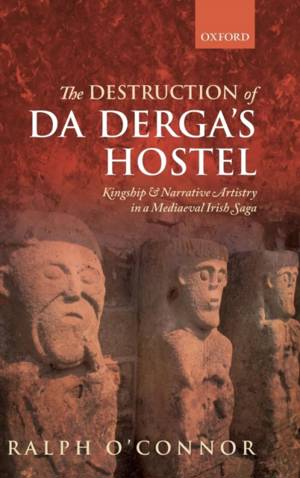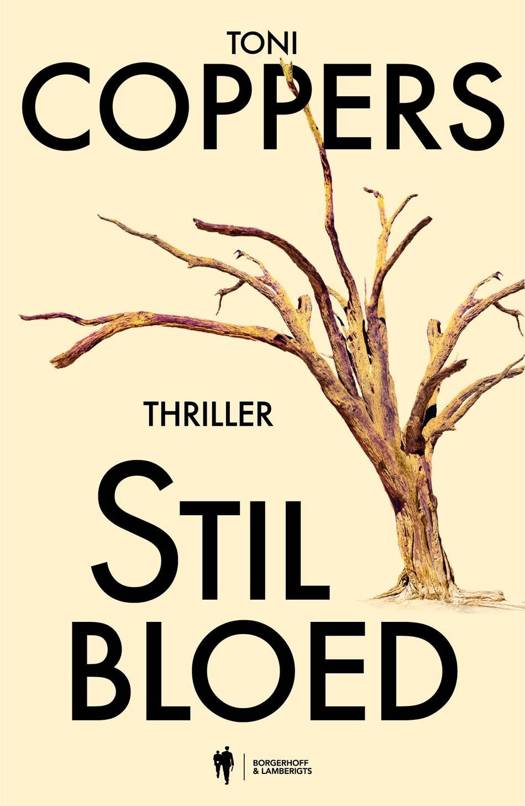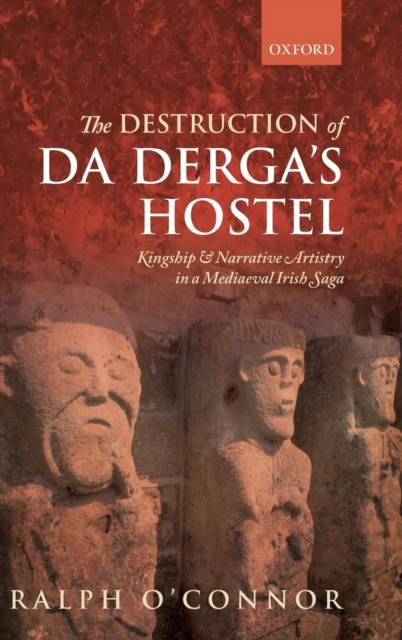
- Afhalen na 1 uur in een winkel met voorraad
- Gratis thuislevering in België vanaf € 30
- Ruim aanbod met 7 miljoen producten
- Afhalen na 1 uur in een winkel met voorraad
- Gratis thuislevering in België vanaf € 30
- Ruim aanbod met 7 miljoen producten
Zoeken
Destruction of Da Derga's Hostel
Kingship and Narrative Artistry in a Mediaeval Irish Saga
Ralph O'Connor
Hardcover | Engels
€ 290,45
+ 580 punten
Omschrijving
This book explores the strange world of Irish sagas. It offers a systematic literary analysis of any single native Irish saga and presents an analysis of the finest of the sagas, 'The Destruction of Da Derga's Hostel'. The reader is invited to not only understand this and other Irish sagas, but also to enjoy them as literature.
Specificaties
Betrokkenen
- Auteur(s):
- Uitgeverij:
Inhoud
- Aantal bladzijden:
- 400
- Taal:
- Engels
Eigenschappen
- Productcode (EAN):
- 9780199666133
- Verschijningsdatum:
- 5/05/2013
- Uitvoering:
- Hardcover
- Formaat:
- Genaaid
- Afmetingen:
- 155 mm x 234 mm
- Gewicht:
- 739 g

Alleen bij Standaard Boekhandel
+ 580 punten op je klantenkaart van Standaard Boekhandel
Beoordelingen
We publiceren alleen reviews die voldoen aan de voorwaarden voor reviews. Bekijk onze voorwaarden voor reviews.








